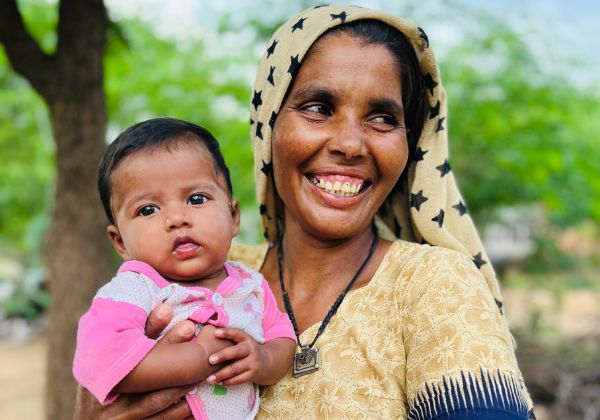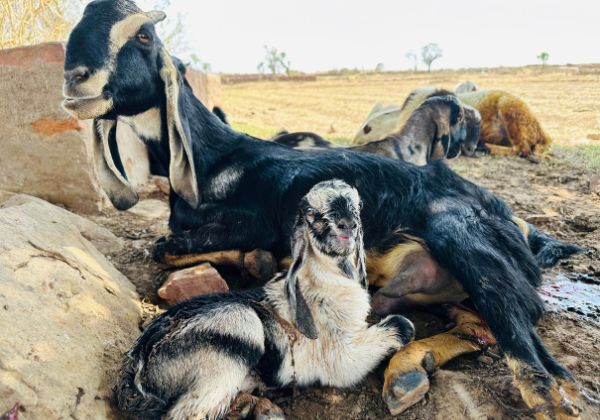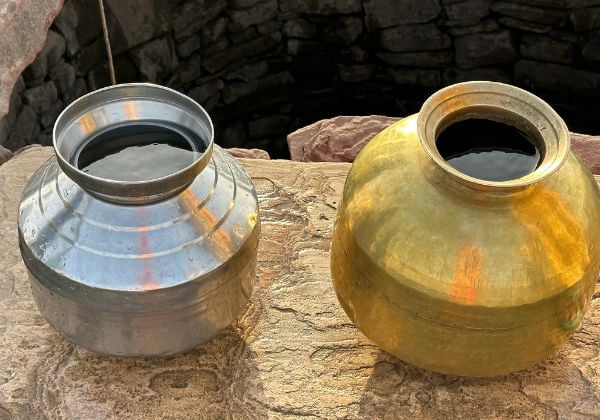Environment
Water Conservation
Groundwater supports 70% of India's irrigation, 25% of domestic, and 85% of rural drinking water.
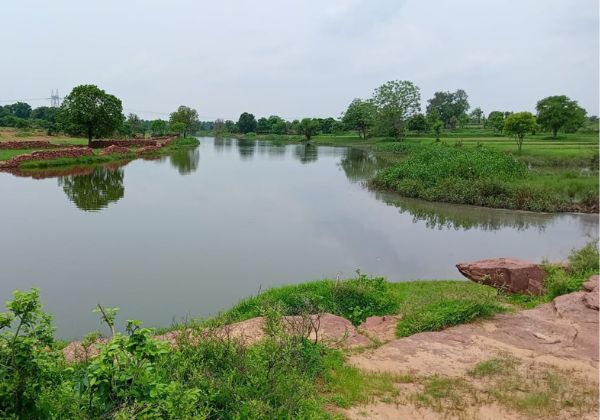
The scarcity of groundwater poses significant challenges for rural communities, it forces communities to make difficult choices. Adults are compelled to migrate to cities in search of employment opportunities, leaving behind their homes and dear ones. Pastoralists face the distressing decision of selling their livestock, which significantly impacts their livelihoods and cultural practices.
The burden of water scarcity falls heavily on women and girls, who are left behind in the villages. This not only affects their physical health but also limits their educational and economic opportunities.
Water conservation measures become crucial in addressing these challenges. This not only helps in mitigating the impacts of water scarcity but also contributes to climate change adaptation, the overall development and well-being of rural areas.
How we do
Tarun Bharat Sangh mobilizes, organizes and engages with local communities in water scarce regions of Haryana, Maharashtra and Rajasthan to build rain-water harvesting structures, dug continuous Trenches, deepening and widening of river streams. This rainwater percolates into aquifers and augment the ground -water level in the womb of Mother Earth. We encourage the communities to contribute 25% of the cost of construction to ensure their participation in the process. By combining traditional wisdom with modern scientific tools, TBS has been able to create innovative solutions that resonate with both the present and future needs of vulnerable communities.
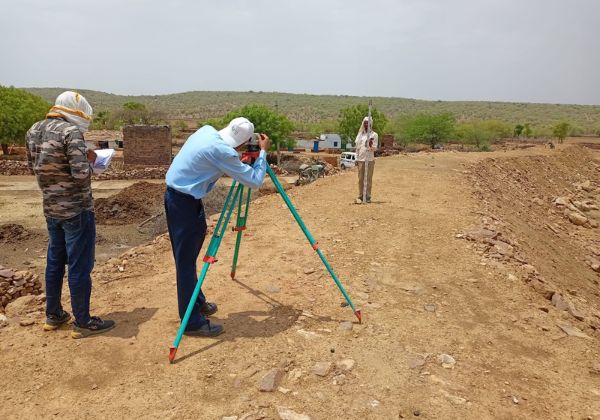
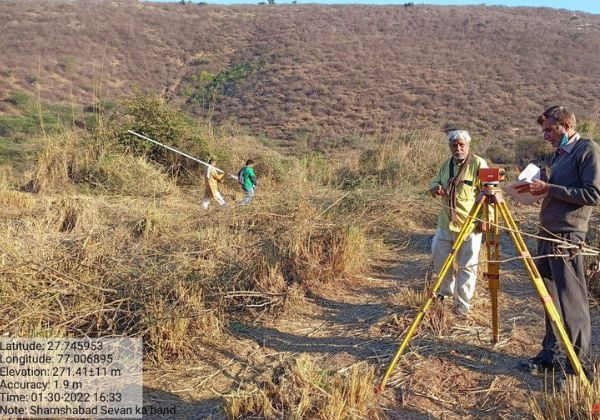
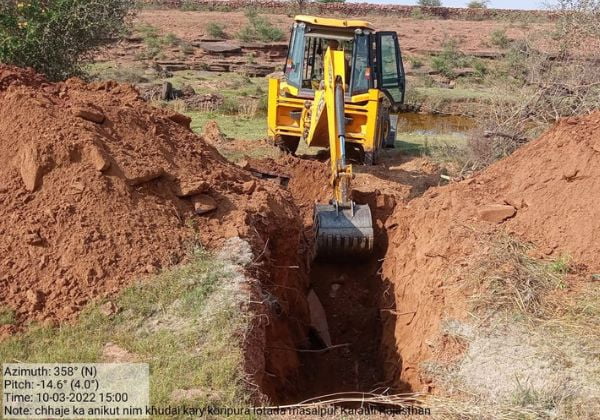
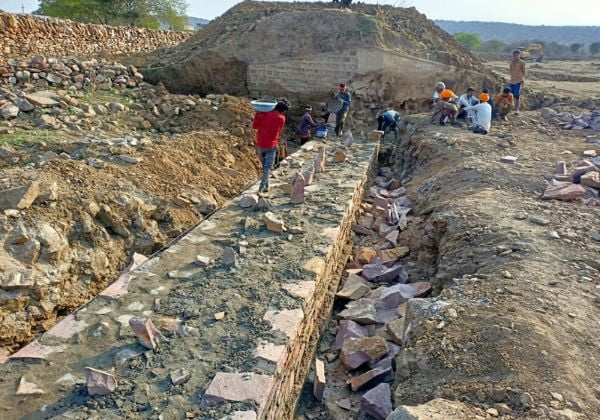
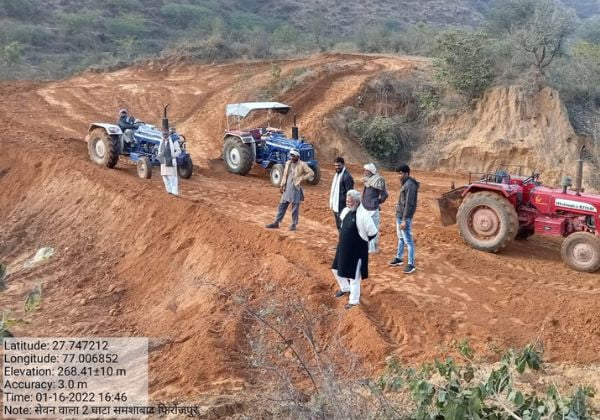
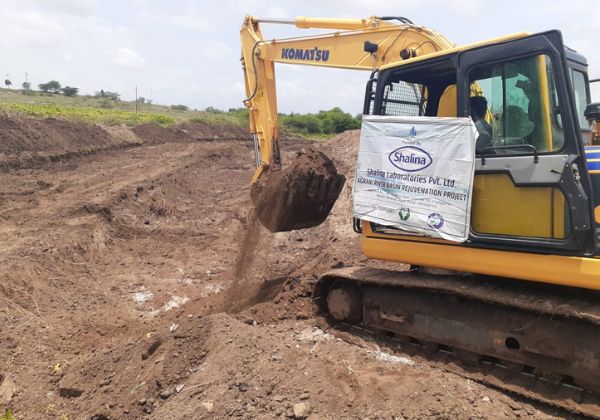
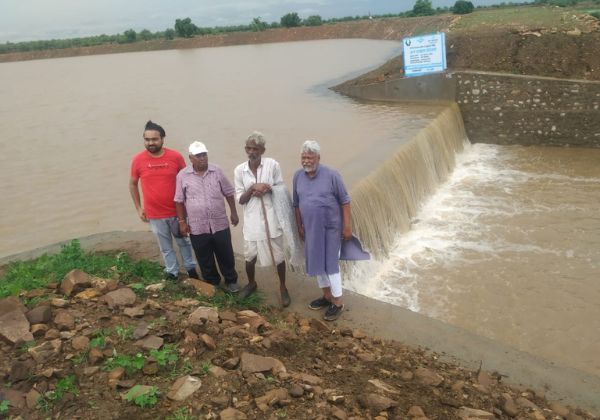
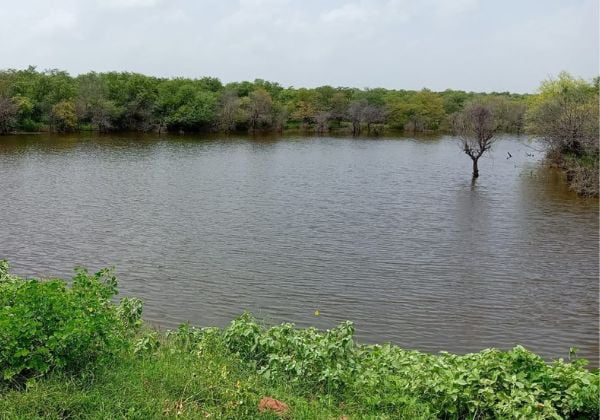
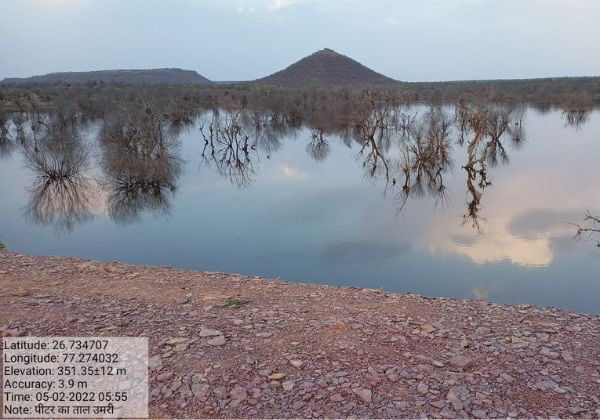
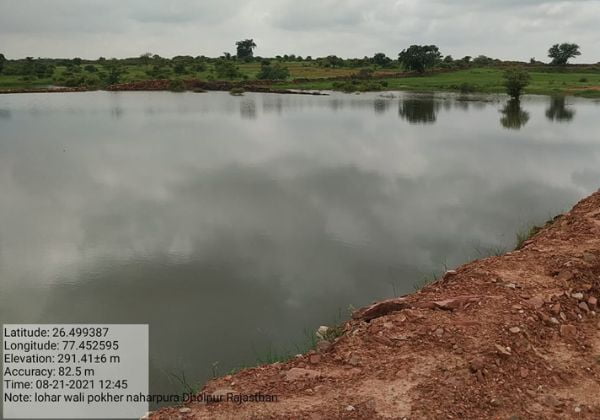
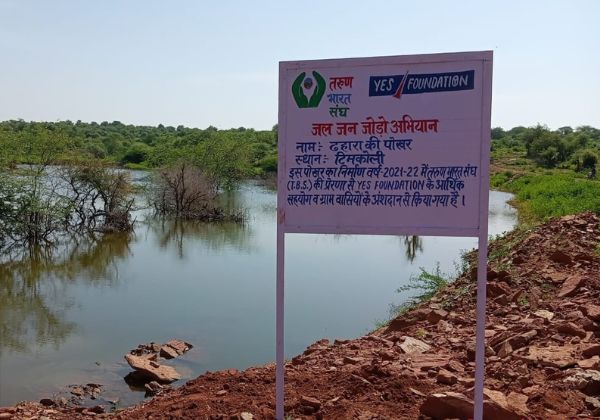
Impact
13 dry rivulets have been revived ensuring water security of 1500 villages. The impact of 13800, rainwater harvesting structures is visible in terms of recharging of wells and aquifers, renewed flow of rivulets which had been dry for many years, increased biomass productivity, and 100% increase in agriculture and allied production, reversal of out-migration and reduction in women’s drudgery.
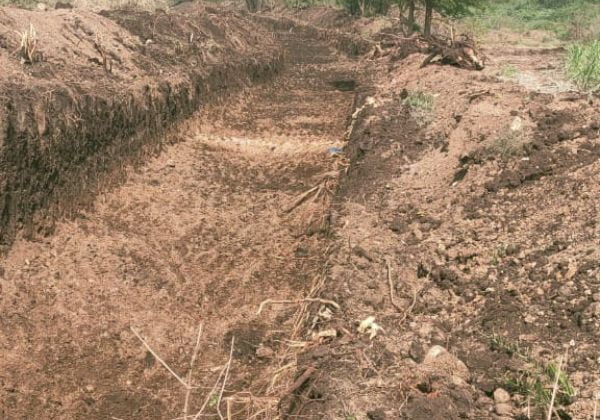
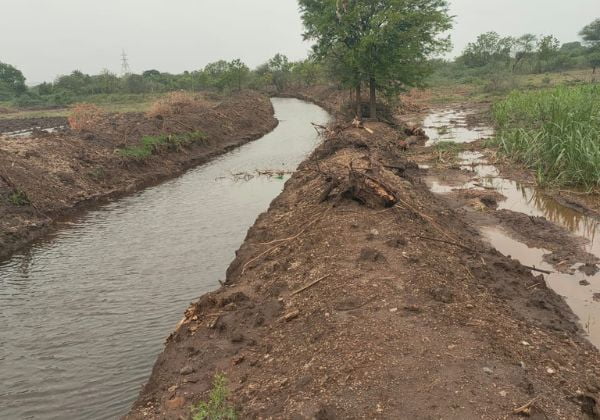


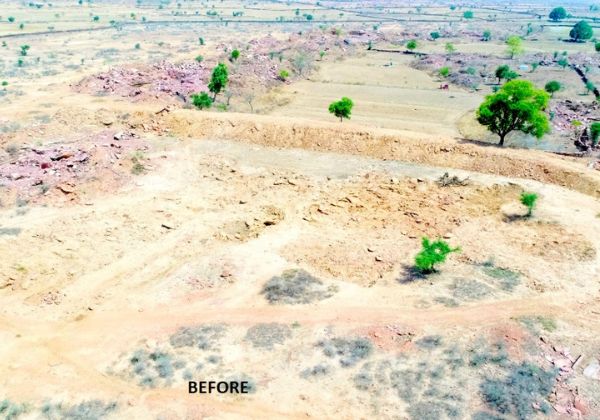
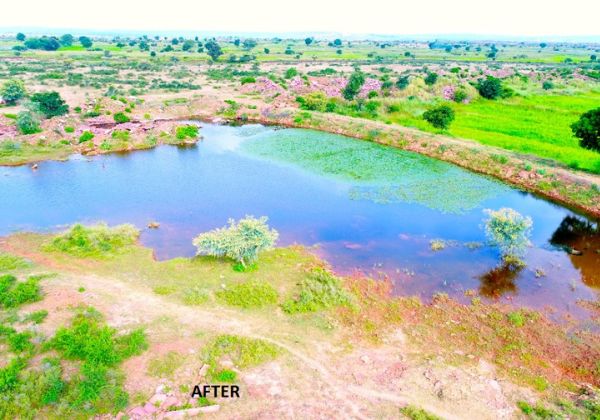


Efficient Water Use
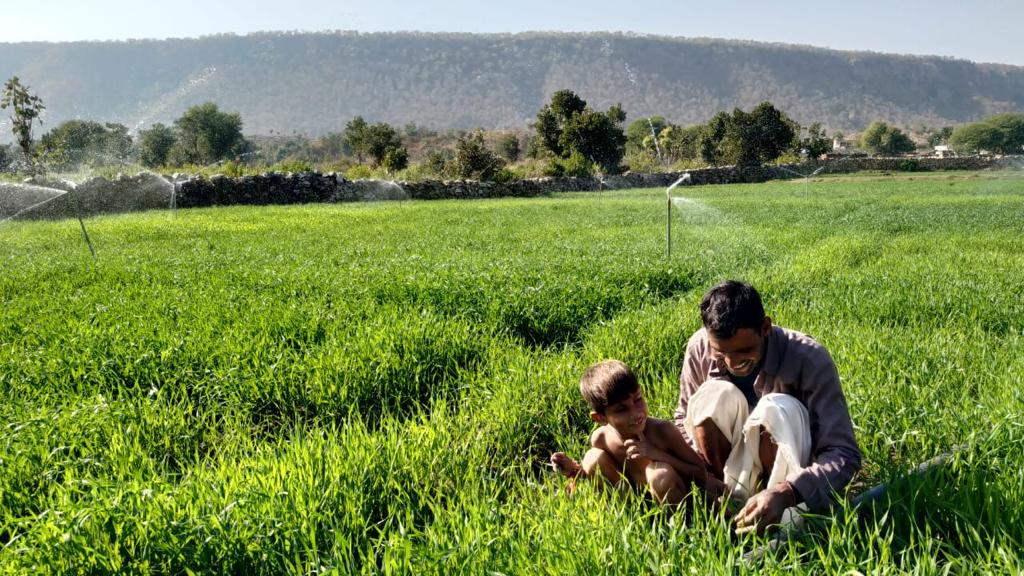
India's crop per drop ratio is as low as 2% of agricultural water consumed. Only 7% of India's cultivated area uses micro irrigation systems like drip and sprinkler irrigation, which can save 50-70% of water compared to flood irrigation.
How we do
TBS begin by raising awareness among farmers about the benefits of efficient irrigation methods, particularly the use of sprinkler systems. Through workshops, training sessions, and community meetings, TBS educates farmers on the advantages of adopting sprinkler systems.
To encourage farmer participation and ownership, we introduce a cost-sharing model. Farmers are inspired to contribute 25% – 50% of the cost of installing sprinkler systems.
By adopting sprinkler systems, farmers reduces water loss due to evaporation and runoff, ensuring that each drop of water is utilized effectively for crop irrigation. TBS aims to create a ripple effect, inspiring more farmers to embrace efficient water use and contribute to the long-term conservation of water in agricultural activities.
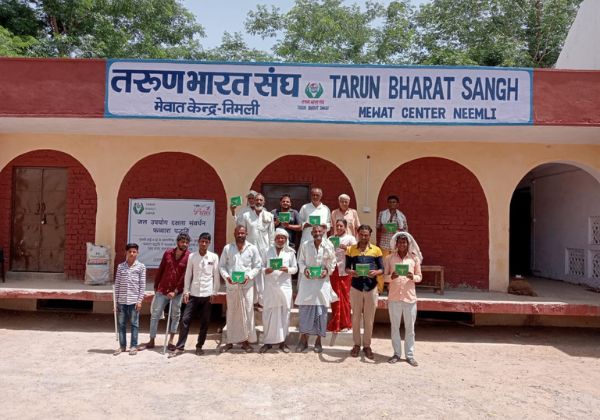
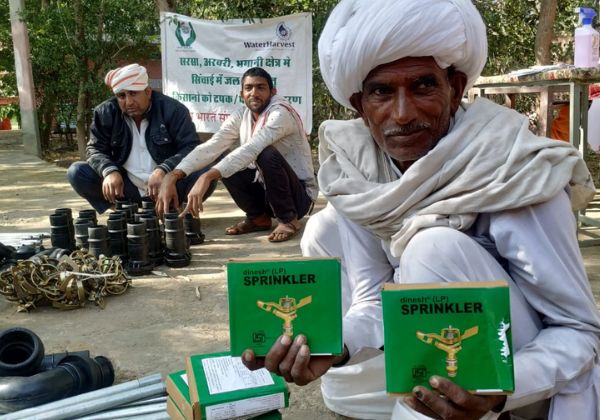
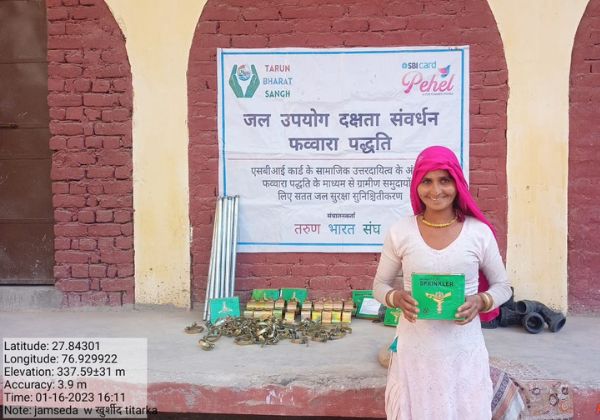
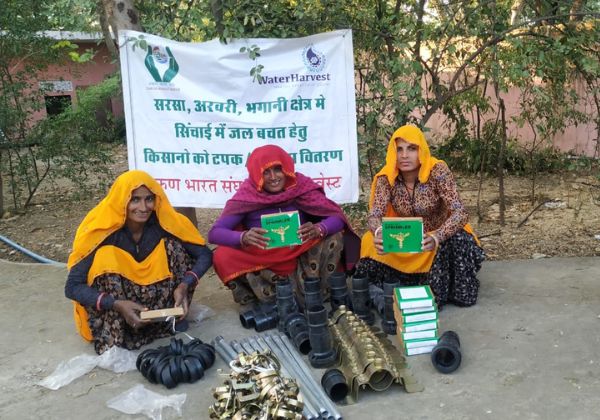
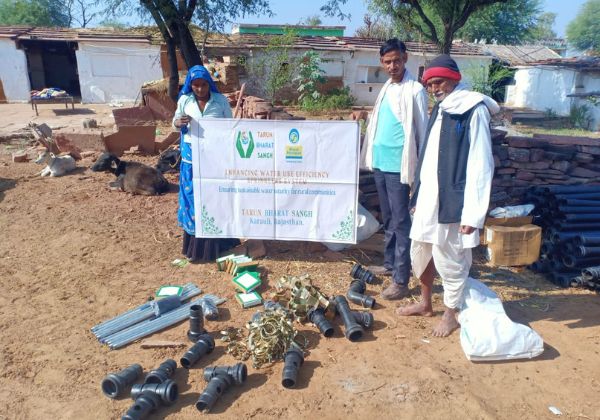
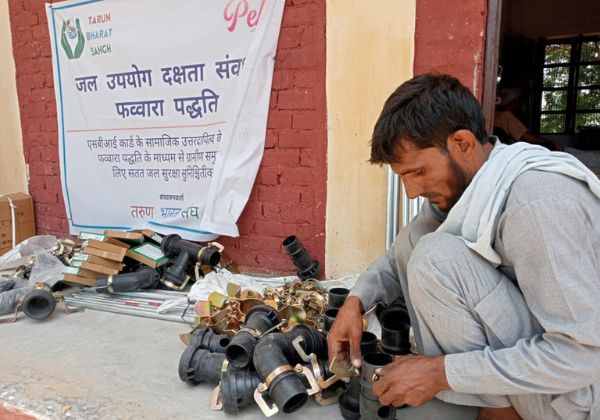
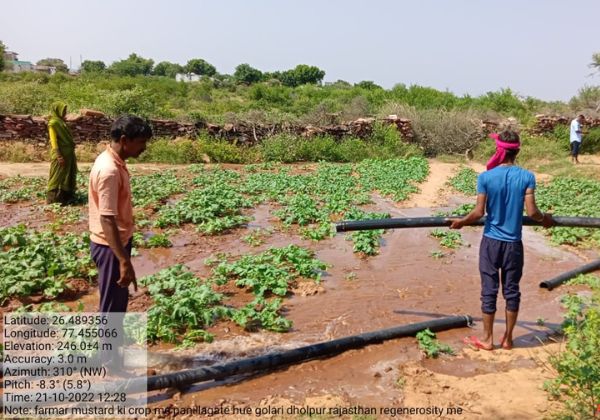
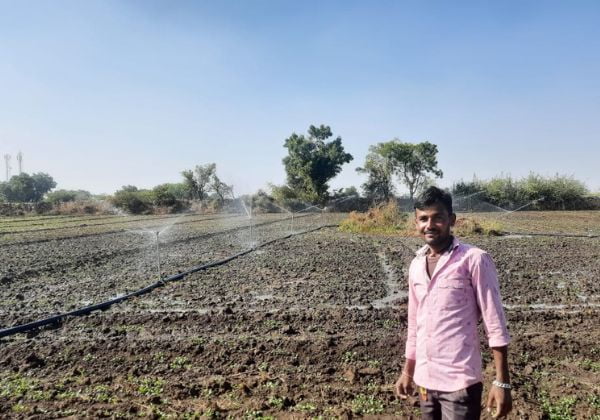
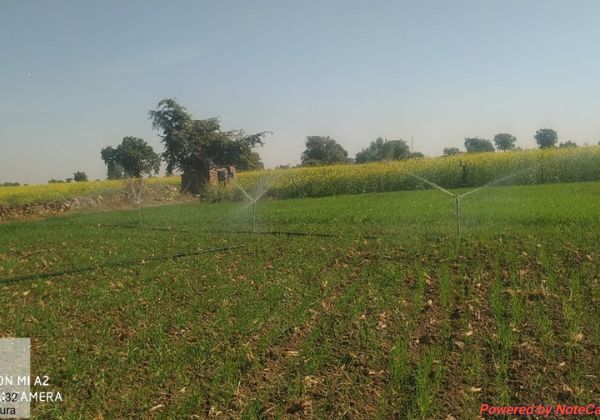
Impact
More than 5000 farmers in Rajasthan's Alwar, Karauli, Dholpur, and Kota districts, as well as Haryana's Nuh district, have installed sprinkler systems. It saved 50%-80% of water consumption, resulting in a 20-30% increase in annual income. Wheat crop productivity per Bigha has increased by about 30%. The irrigation hour has been reduced by 30% per bigha. Irrigation labour hours have been reduced by 22 percent per bigha.
Drinking Water
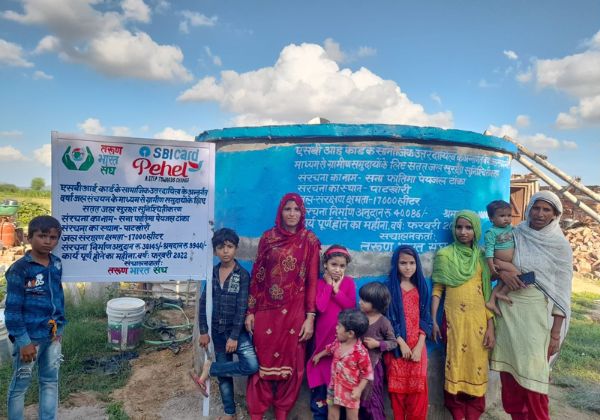
In India, 163 Million people face a daily struggle to access clean water close at home.
How we do
TBS starts by identifying the most vulnerable families in the villages, those who struggle the most to access clean water. We support these families to construct a cemented water tank with a capacity of 20,000 liters. This tank is designed to be shared among 5 to 6 families, ensuring that multiple households benefit from a single storage facility.
It reduces the reliance on costly private water tankers and the availability of a larger storage capacity allows for efficient water management.
TBS encourages the families to contribute 25% of the construction cost, as we strive to alleviate the daily struggles faced by millions of people by providing them with access to clean water.
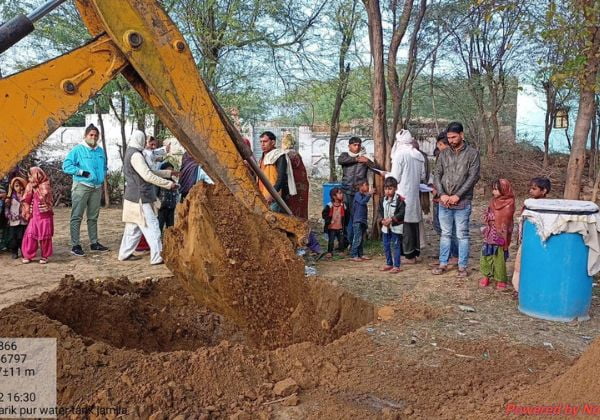
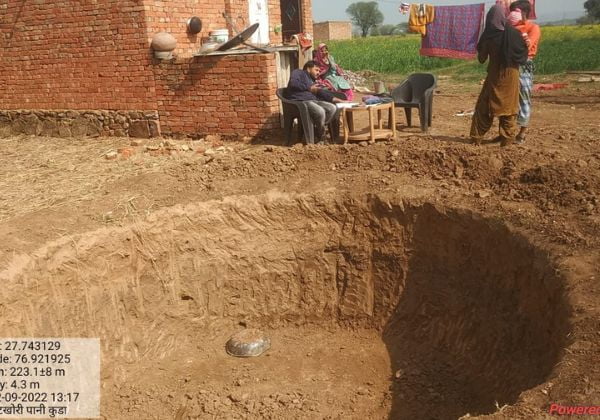
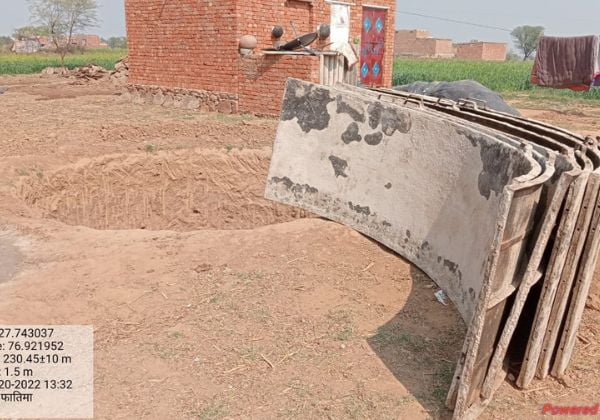
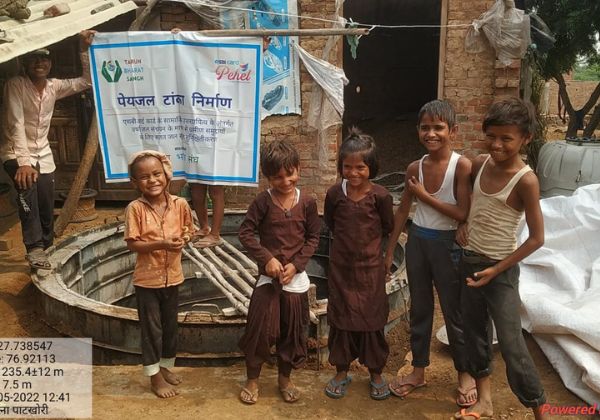
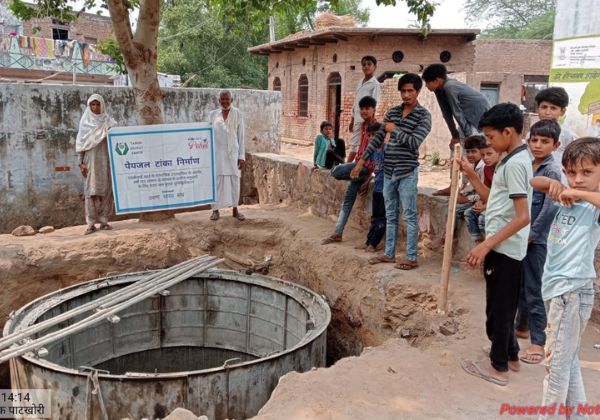
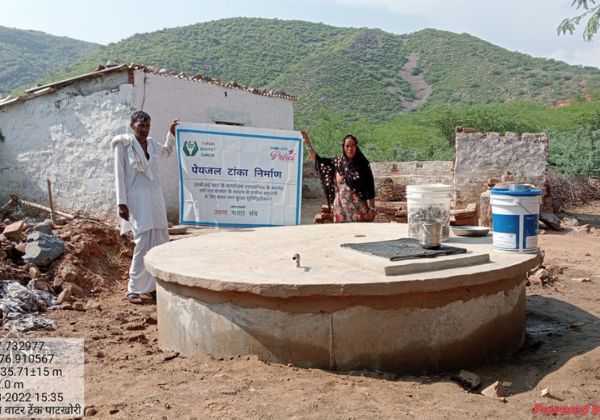
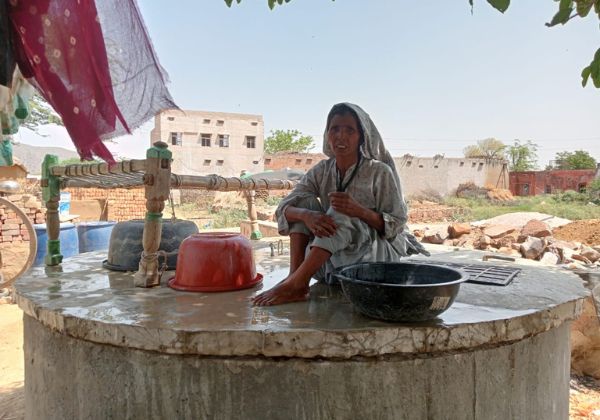
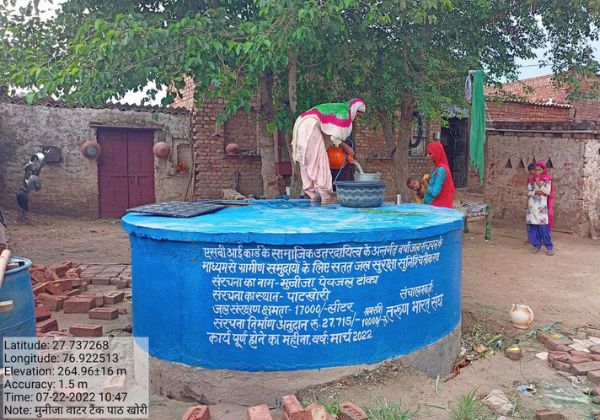
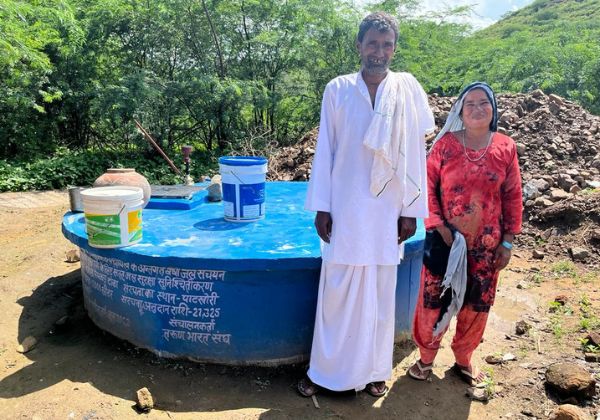

Impact
100+ water tanks have been constructed to benefit 500 families. The water fetching time of the women has been reduced by 2-3 hours a day reducing the drudgery in their life.
Water Literacy
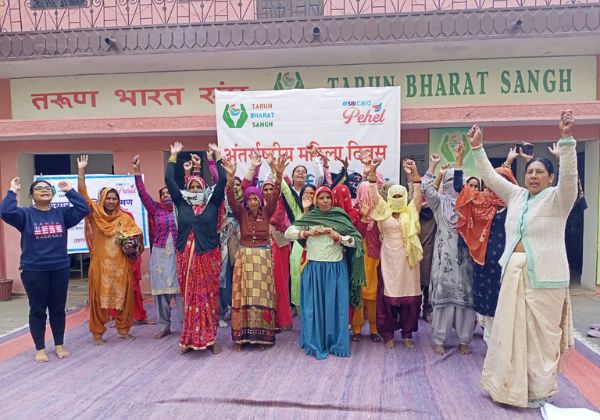
“‘Water Literacy is the need of the hour as the country faces a water Crisis…Within the next five years if serious measures are not taken for the conservation of the lakes and ponds, India would also witness climate refugees." Waterman Of India, Rajendra Singh
How we do
Tarun Bharat Sangh has established a Waterman Academy to impart water literacy. It has well developed water-literacy modules: offline, online and hybrid for each stakeholder; students, youth, farmers, social activists, academicians, executioners, policy makers and professionals from other walks of lives.
Waterman Rajendra Singh leads water literacy campaigns like Jal Biradari, Jal Jan Jodo, Virasat Yatra, and Khoj Yatra. He gives inspirational talks on global, national, and local river and water issues to at least 25,000 youths each year at 250+ universities, colleges, institutes, NGOs, and CSRs. He connects with at least 1,000,000 people online annually.
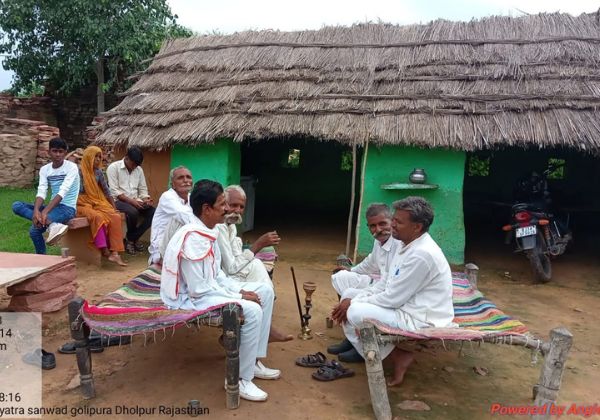
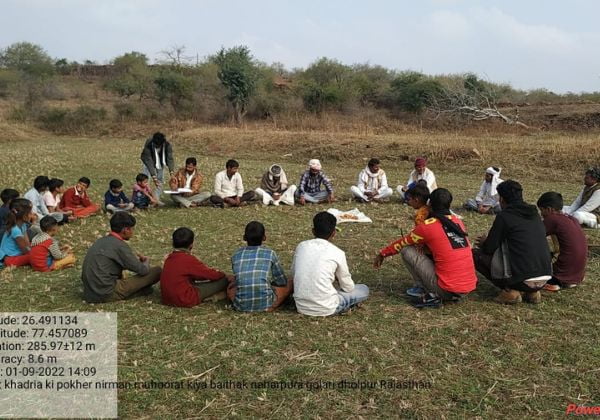
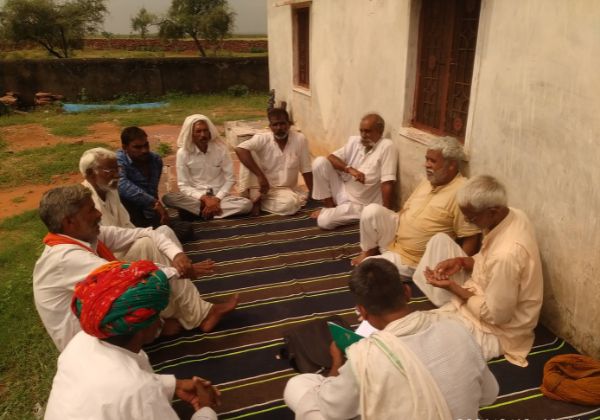
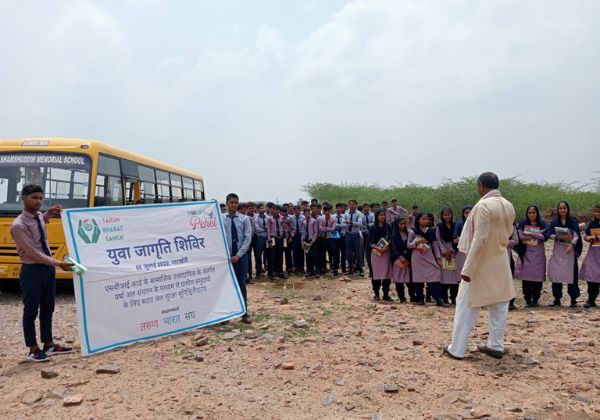
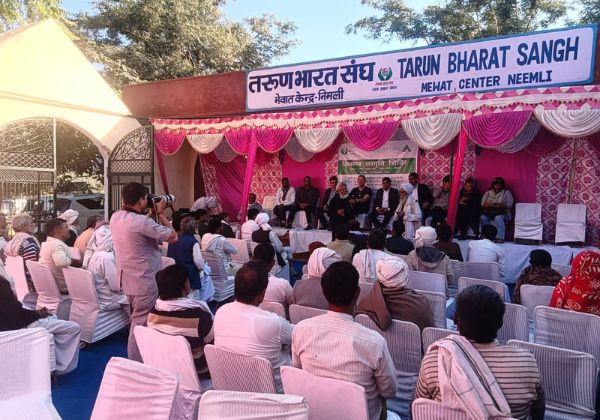
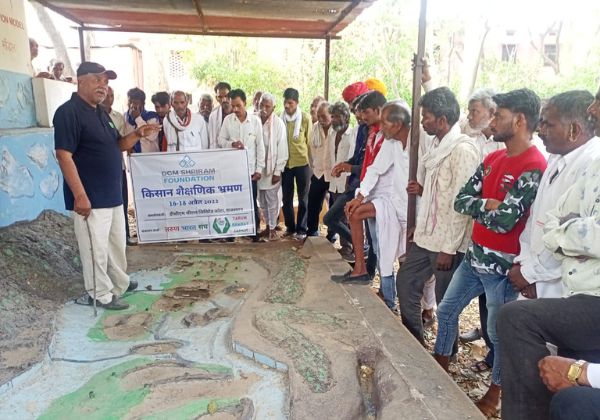
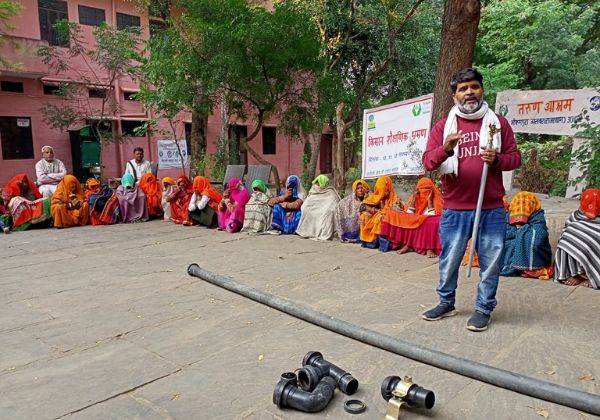
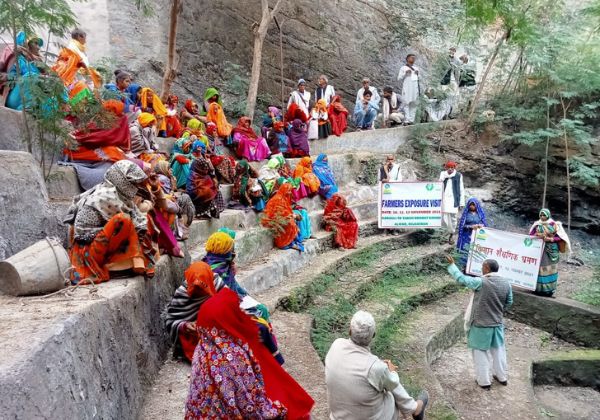
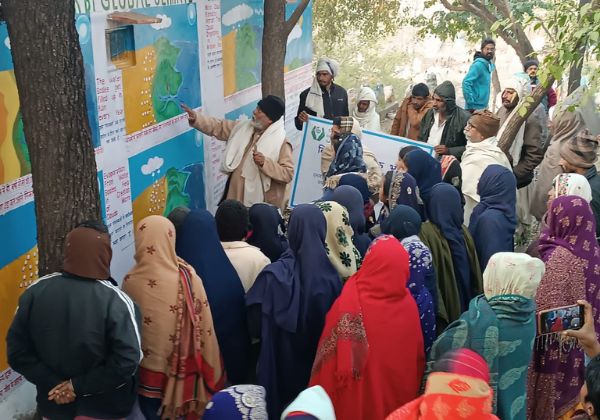
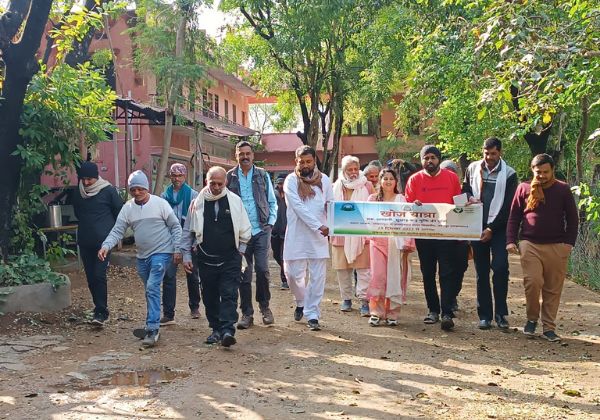
आओ नदी को जानें | Let’s Know Our Rivers is the flagship course offered by TBS is an experiential learning, appreciated by students and professionally. It is one of the most demanded and attended courses at Waterman Academy.
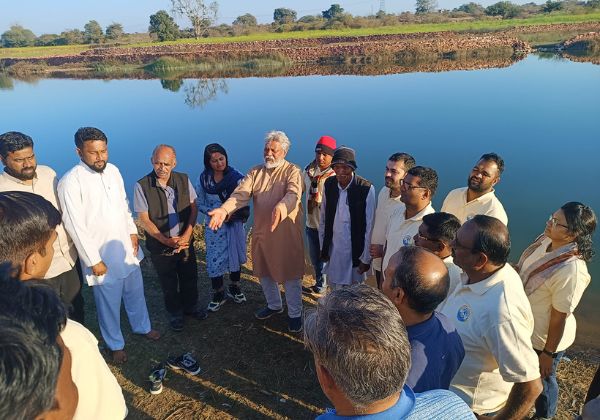
TBS conducts regular Vidyalay Jal Samvaads, Residential camps, follow-up activities at school and college level across the boundaries. Youths learn to do Village resource mapping, visiting and understanding water-sources availability and water budgeting through games, acts, plays, songs, documentaries, expert sessions.
TBS organizes regular awareness camps Kisaan Jagruti Shivirs and educational visits for Farmers, Women and Youths at local level.
TBS has made available all its publications on Wikimedia for open access to the general public. TBS involves youth in data collection of their water resources on wiki-media commons
Impact
Nearly 100,000 individuals have been trained through community mobilization activities and seminars. 1000+ Young Water Warrior trained in 100+ schools last year and 200+ individuals joined the rivers course.
Afforestation
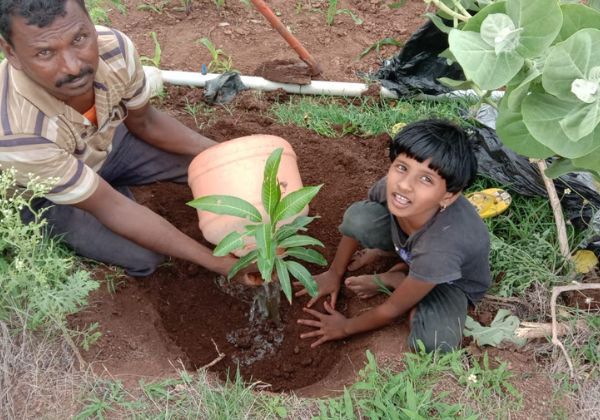
India has a long way to go to reach the target of 33% forest cover, as it currently has only 21.7% forest cover.
How we do
Tarun Bharat Sanh is using the Miyawaki method, for creating dense, native forests in a short period of time. The idea is to create a microclimate that mimics the conditions found in a mature forest, which allows the saplings to grow quickly and thrive.
TBS has developed Miyawaki forests in Sangli district of Maharashtra with over 10000+ saplings of local and medicinal value. We have planted more than 1,00,000 saplings across our water bodies, banks of the rivulets with an aim to reduce the harmful emissions caused due to rapid urbanization and industrialization. During Pandemic, nearly 1 Cr. Of homegrown Tulsi was distributed to promote traditional practices of fighting against the disease.
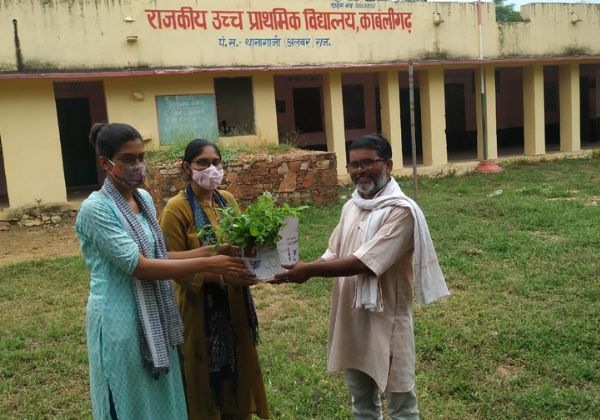
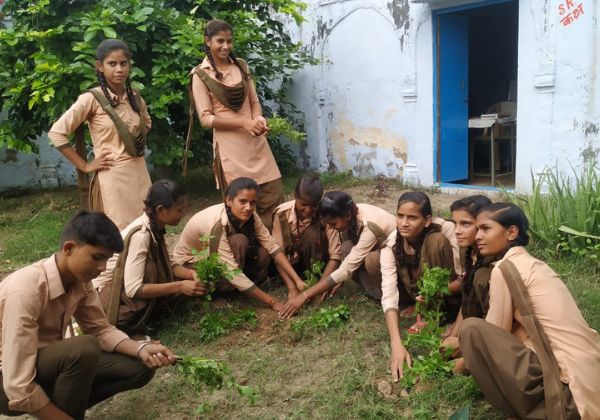
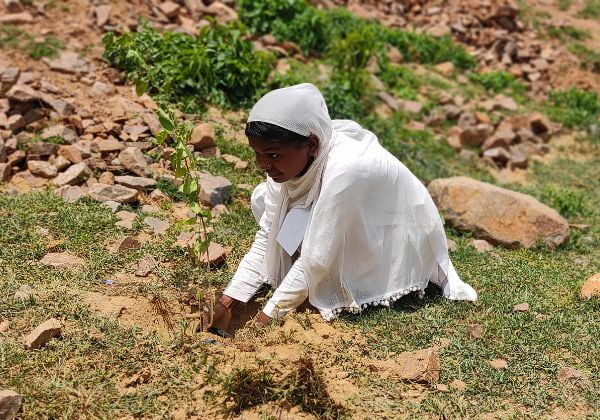
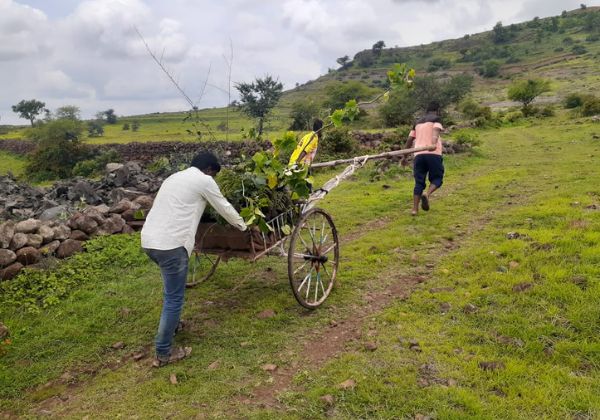
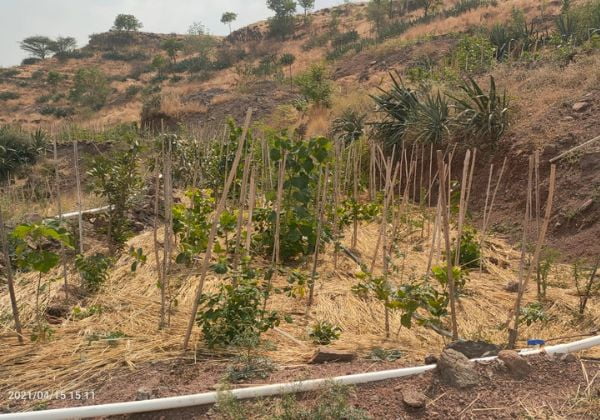
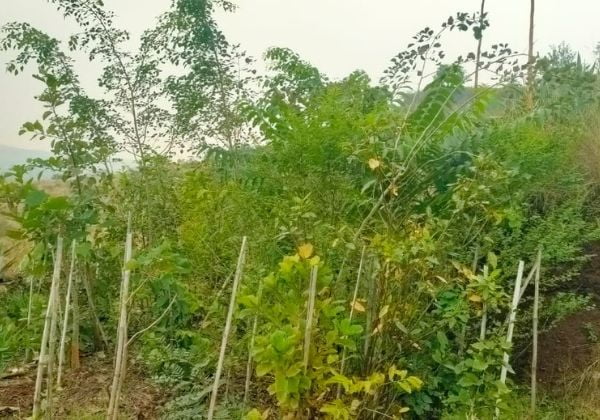
Community level Conservation
Areas with community forests saw 37% reduction in deforestation and 4.3% reduction in poverty
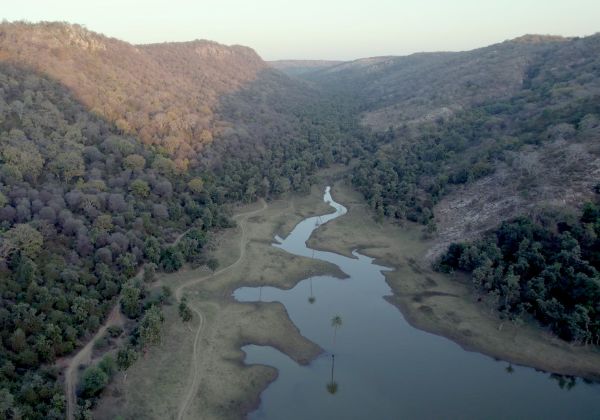
In India, traditional communities still live in the forests and depend on their livelihood for forest produce.
There are parts of forest, common pasture land in most of the villages of India. TBS mobilizes the communities to conserve these forests on their own. They make their own rules and regulations of self-discipline, and penalty to stop uncontrolled grazing, mindless trees cutting, hunting and to encourage protection of the forests. Each member takes turns as a van sanrakshak (forest guard).


